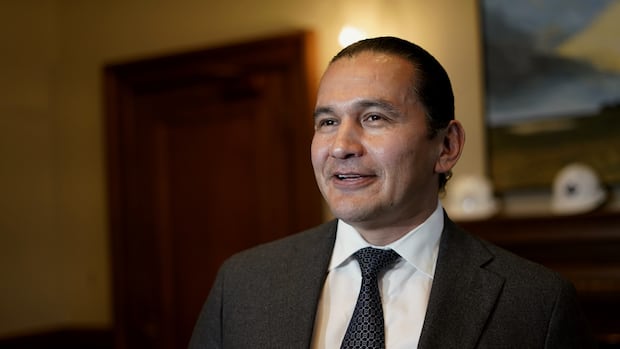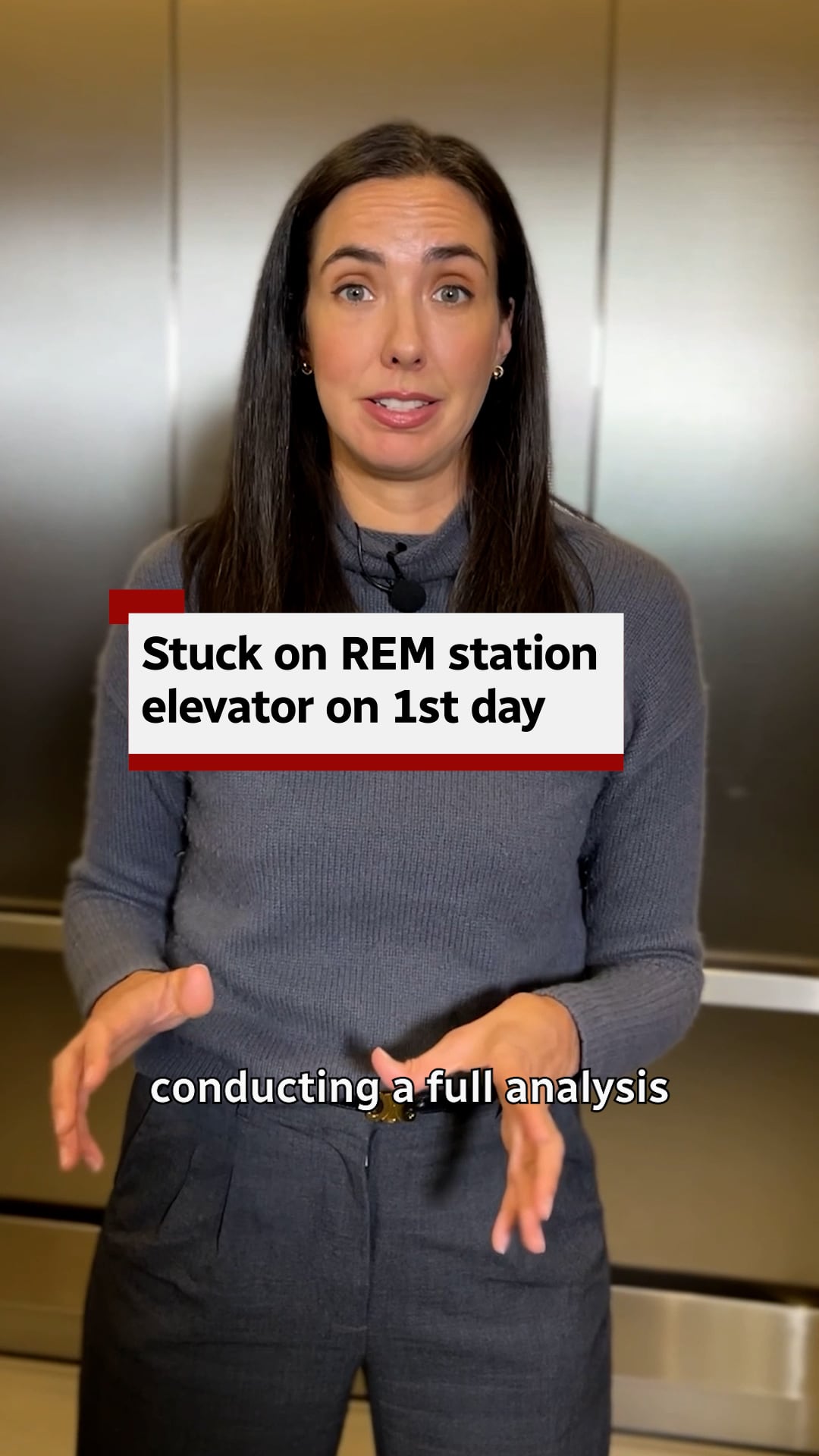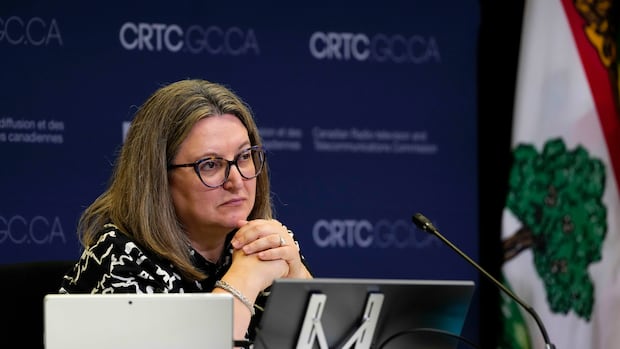Listen to this article
Estimated 4 minutes
The audio version of this article is generated by text-to-speech, a technology based on artificial intelligence.
Industry Minister Mélanie Joly pitted two giant defence companies against one another on Tuesday for the future of Canada's fighter fleet, saying the $27-billion contract to buy 88 U.S.-made F-35 jets doesn’t deliver enough jobs for workers in this country and that the public expects a better deal.
In perhaps her most pointed comments to date, Joly acknowledged publicly that the federal government was talking with Swedish defence contractor Saab, which has promised to bring thousands of aerospace manufacturing jobs to the country in the assembly of its Gripen E fighter jet.
"We think that we can use military procurement to get more,” Joly told reporters. “That is why we're looking, indeed, at the Gripen."
She said Saab is offering 10,000 jobs.
“We'll see how that is concrete," Joly said. "And at the same time, we're looking at what Lockheed Martin can do."
WATCH | Joly wants more from Lockheed Martin:Federal Industry Minister Mélanie Joly spoke to reporters on Tuesday as the government weighs options for its next major fighter jet purchase between American manufacturer Lockheed Martin and the Swedish firm Saab. Joly said the government should make a decision based on its military capabilities and the number of Canadian jobs created from the deal.The remarks unfolded against a backdrop of a full-court press by Sweden with a visit to Ottawa this week that included the Nordic country’s royal family, business executives and senior political officials, including the defence minister.
In 2023, Canada signed a deal with Lockheed Martin, the world largest defence contractor, to buy F-35 stealth fighters to replace the air force’s aging CF-18 jets. The agreement, which will see the first tranche of 16 fighters delivered between 2026 and 2030, was the result of an open competition in which Saab’s Gripen E placed second.
Last winter, following the eruption of a trade war by the administration of U.S. President Donald Trump, Prime Minister Mark Carney ordered a review of the F-35 purchase — an analysis that is ongoing, despite promises to have it completed in September.
Traditional defence procurement deals see the winning bidder invest dollar-for-dollar in the Canadian economy — either directly on the fighter program in subcontracts and manufacturing, or by investments elsewhere in the country.
However, the Lockheed Martin program is different. Canada has for decades paid to be part of a pool of countries that can bid on work involving the entire fleet.
The U.S. manufacturer is on the public record as saying the F-35 program is expected to deliver upwards of $15.5 billion in industrial value to Canada over the course of five decades, from 2007 to 2058.
Opposition Conservatives, who've long favoured the F-35, have accused the government of putting existing Canadian contracts and jobs at risk by undertaking the review.
WATCH | Saab is proposing to manufacture Gripons in Canada:Sweden's King Carl Gustaf and Queen Silvia visited Ottawa during an ongoing debate about which fighter jets Canada will add to its military fleet: American F-35s or Swedish Gripens.“There are jobs tied to the F-35 right across this country in places like Richmond, Winnipeg and Montreal in the production phase,” defence critic James Bezan said during a House of Commons committee meeting last month.
“Over 1,000 aircraft have been built. Canada's been part of that, and we're only now building the very first Canadian F-35s."
At the Oct. 23 defence committee meeting, Bezan pressed Stephen Fuhr, secretary of state for defence procurement, for assurances that no jobs would be lost if the government changed course.
The government has not made a decision on whether to stick with the F-35 program or accept the existing 16 jets that have been ordered and mostly paid for, and shop elsewhere for the rest.
Aside from enticing Canada with the building of Gripens in this country, some in the defence community believe there may be other reasons to consider a mixed fleet.
"I would be cognizant of the fact that the 70 per cent of the costs of any acquisition is the life-cycle sustainment costs," said Alan Williams, the Defence Department's former top procurement official, "and these costs for the Gripen are one-sixth the cost of the F-35. So I would be shocked if in fact the cost analysis didn't say, 'Prime Minister, you can save a ton of money by having two fleets.'"
Lt.-Gen. Jamie Speiser-Blanchet, the new commander of the RCAF, is a strong proponent of the F-35 program. She and other senior defence officials told the Commons defence committee earlier this fall that the country needs a fifth-generation fighter jet like the F-35 to counter potential threats from major nations, a reference to China and Russia.











